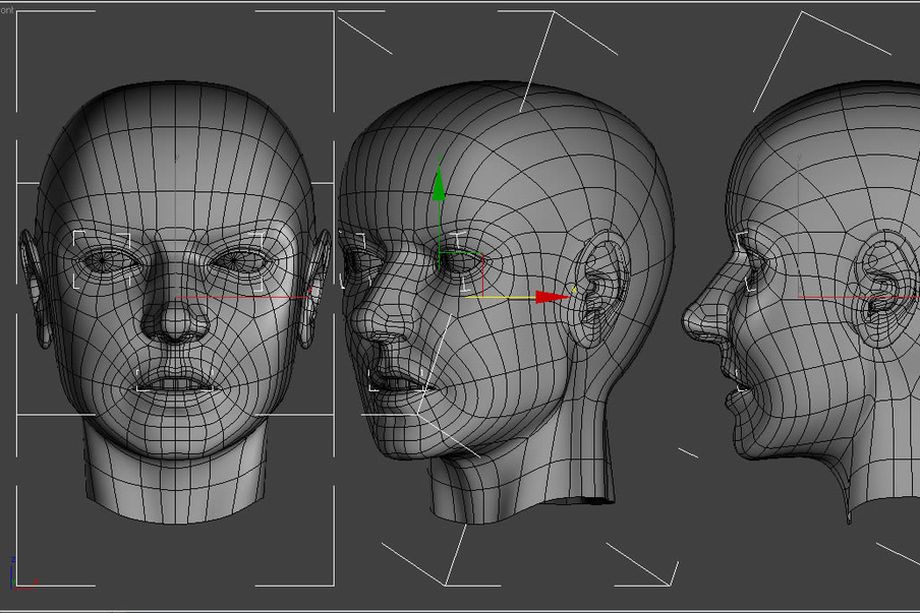
Supplier Lumentum has confirmed receiving a $200 million order for advanced 3D-scanning lasers to be shipped in calendar year 2017 to an unknown client, up from just $5 million in its June quarter’s 3D-sensing revenue, and analysts with Loup Ventures think that client is Apple.
“We believe Lumentum is one of two to three companies supplying Apple with vertical-cavity surface-emitting (VCSEL) laser diodes, which is a key technology that adds advanced 3D-sensing capabilities,” they wrote.
Given Lumentum’s order of $200 million in bookings for the rest of 2017 and demand trends throughout 2018, the analysts have become “incrementally upbeat” on the impact iPhone 8 will have on Apple and on the augmented reality industry.
In total, they’re expecting 55 million 3D-sensing iPhones in 2017 and as many as 160 million such units in 2018, strongly suggesting that 2018 iPhones will sport the new sensor.
The total VCSEL laser cost is in the $6-$7 range per unit.
Here’s an excerpt from the report:
We believe the majority, if not their entire order, is all being shipped to Apple. We believe these comments further confirm 3D-sensing (and, in turn, AR applications) will be a focus feature in the next iPhone.In addition, Lumentum highlighted they have increased VCSEL laser capacity by 25–30 percent from what they anticipated only one quarter ago. Given the uptick in management’s demand forecast, we believe advanced 3D-sensing capabilities will be integrated in more iPhones that what most were previously expecting.
Lumentum was previously identified as a supplier of VSCEL laser diodes for iPhone 8.
The all-in-one sensor includes a lens, a detector sensor and a dedicated chip. Aside from Lumentum, other potential suppliers of those sophisticated sensors include Himax Technologies, Finisar, Largan and Viavi Solutions.
KGI Securities analyst Ming-Chi Kuo also identified Lumentum as one of the suppliers of 3D sensors for iPhone 8’s front and rear cameras. The specialized sensor is widely expected to power a bunch of exciting features and applications.
To mention just a few: 3D sensing, 3D selfies, enhanced augmented reality tracking and plane detection, Portrait mode depth-mapping and, of course, advanced 3D facial recognition, code-named “Pearl ID”, that could detect a user’s face even when the device is laid flat on a table.
Bloomberg’s Mark Gurman said iPhone 8’s 3D sensor was designed to capture more data points than a fingerprint sensor, making it more secure than Touch ID and capable of scanning a user’s face within a few hundred milliseconds.
Additionally, the sensor should work well in both light and dark-lit environments.
Image from Facebook’s DeepFace scan